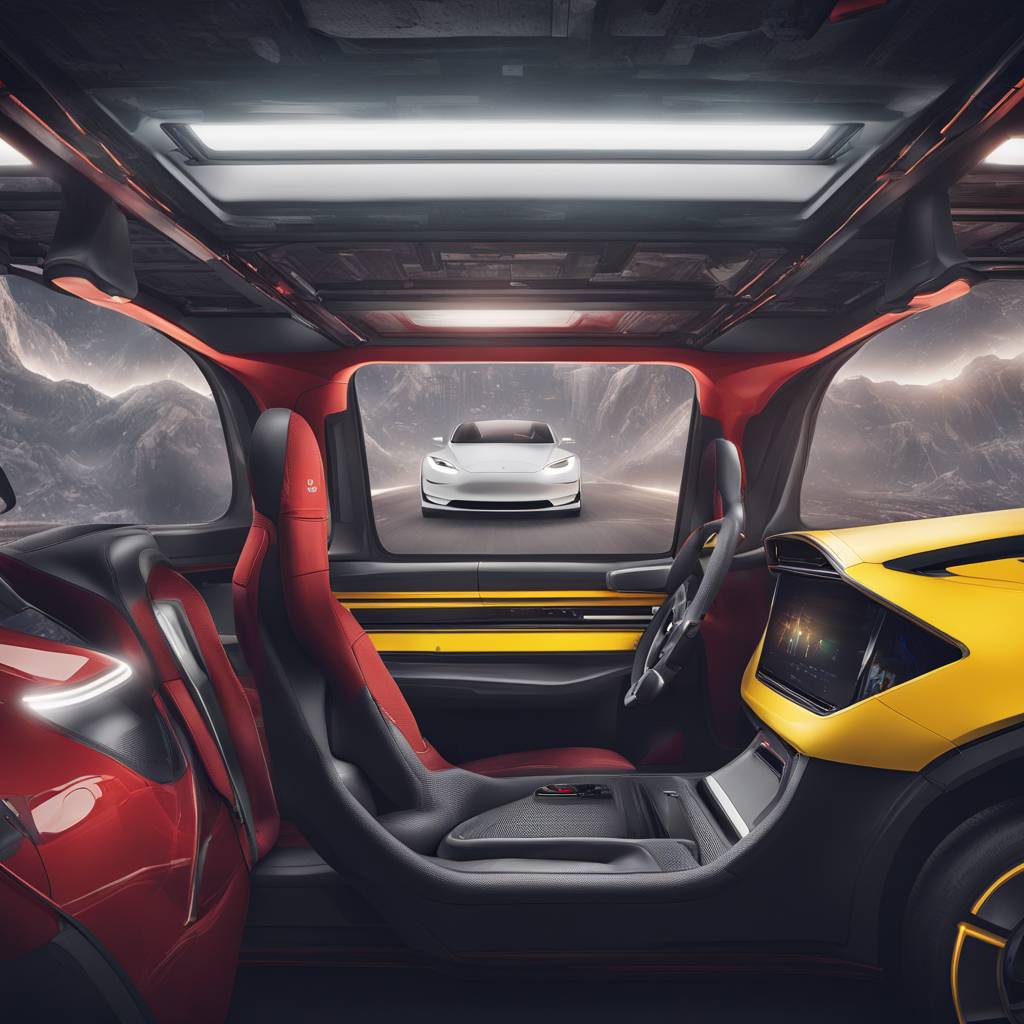Elon Musk, the CEO of Tesla, has long believed in the potential of self-driving vehicles and has made promises about creating a robotaxi that can operate autonomously. While he has made these claims, Tesla has yet to release a car that can drive on its own. Musk recently announced that Tesla would unveil its robotaxi on August 8, although no details were provided in his initial post. He has previously stated that Tesla cars equipped with Full Self-Driving Capability will improve over time through software updates and eventually be able to function as fully autonomous taxis.
Despite Musk’s predictions, Tesla has not met the deadlines that were originally set for the release of self-driving capabilities. In 2019, Tesla projected that robotaxis would be operational by 2020, generating profit for both the company and the car owners. Musk has acknowledged that his track record for predicting timelines can be unreliable but remains confident in the capabilities of Tesla’s technology. Full Self-Driving capability can currently be added to a new Tesla Model 3 for an additional cost or purchased as a subscription service. However, the system still requires driver supervision and cannot fully function autonomously at this time.
Musk has expressed his belief that self-driving technology will significantly increase the value of Tesla cars in the future. He envisions each car with full autonomy capability becoming five times more valuable than it is today. Despite these projections, experts who have tested the system have found it lacking in its ability to operate without human intervention. Consumer Reports associate director Kelly Funkhouser described the technology as performing poorly, likening it to giving control of the car to an inexperienced driver. As a result, drivers are encouraged to remain vigilant and not rely solely on the Full Self-Driving capabilities.
In addition to Tesla, other companies such as Waymo and Cruise, a subsidiary of GM, are also working on autonomous ride-sharing services. Cruise halted its testing activities after a self-driving car was involved in an accident that resulted in the death of a pedestrian. Waymo faced its own challenges when two of its cars collided with the same tow truck within minutes. These incidents highlight the potential risks and safety concerns associated with autonomous driving technology. As companies continue to develop and refine these technologies, regulatory oversight and transparency will be crucial to ensure the safety of both passengers and pedestrians.
Despite the progress made in the field of self-driving vehicles, challenges remain in achieving fully autonomous capabilities. Musk’s vision for Tesla’s robotaxi and the potential for cars to operate as autonomous taxis have yet to be realized. While Full Self-Driving technology is available as an option for Tesla vehicles, it still requires active driver supervision and is not capable of full autonomy. As companies like Waymo and Cruise face setbacks and safety concerns, it is clear that further testing and development will be needed before self-driving technology can be widely adopted and trusted by the public. The future of autonomous vehicles holds great promise, but it will require continued innovation, regulation, and oversight to ensure that these vehicles can operate safely and effectively on the roads.













